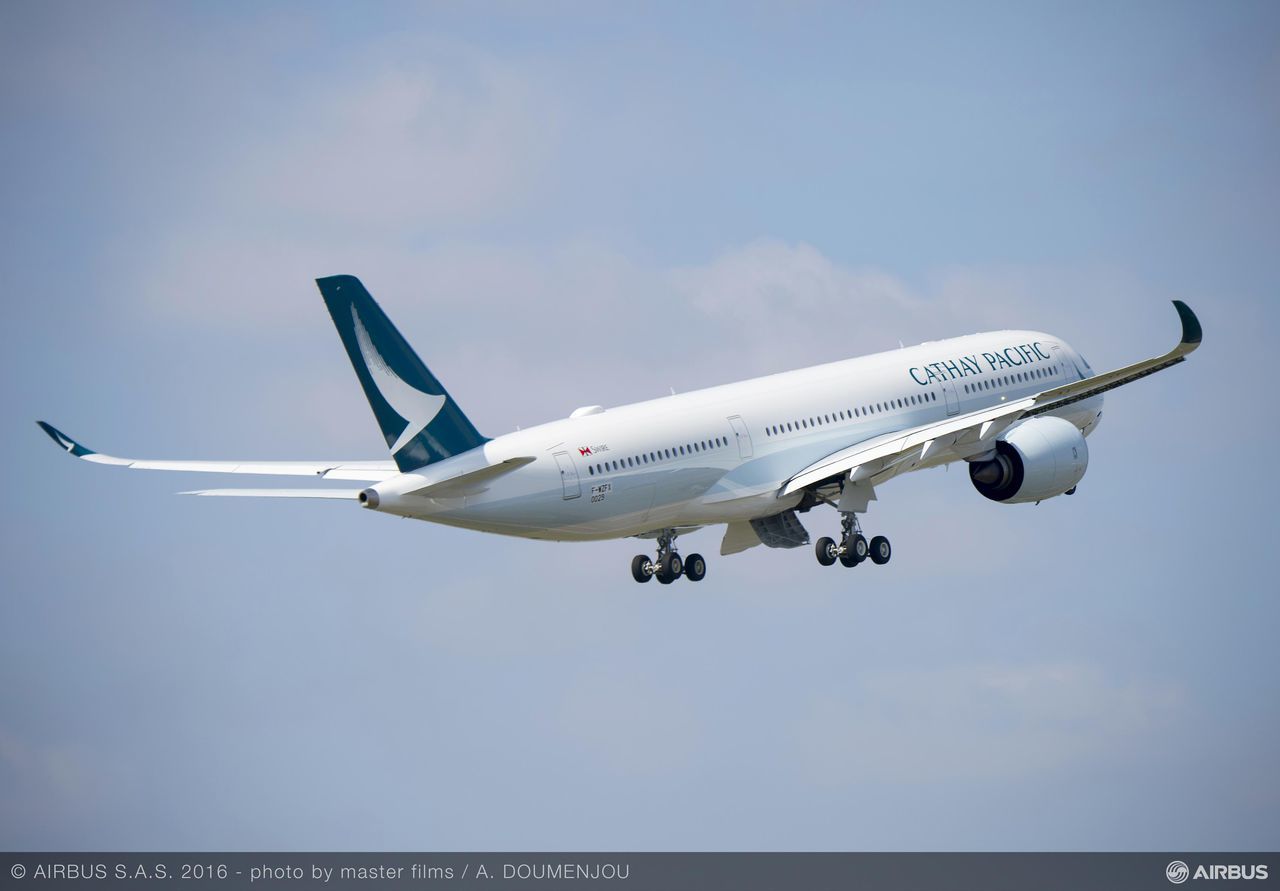Buffeted by intense competition, Cathay Pacific had a rough landing for its 70th anniversary. The group reported its first annual loss since 2008, plunging HK$575m ($74m) into the red after reporting a HK$6bn profit the previous year. Sales dropped 9.4%, to HK$62.8bn.
In response, the group has performed a critical review of its business and is implementing measures designed to improve revenues and reduce costs. The longer-term strategy, which is being developed in response to the review, is designed to improve performance over a three-year period.
The carrier cited a number of factors contributing to the difficult operating environment, including significant capacity increases by competing airlines, more direct flights between Mainland China and international destinations, and increased competition from low cost carriers.
The company also suffered from economic factors — the reduced rate of economic growth in Mainland China, a reduction in the number of visitors to Hong Kong and the strength of the Hong Kong dollar.
Passenger revenue was HK$66.9bn (–8.4%). Capacity increased by 2.4%, reflecting the introduction of new routes and increased frequencies on other routes. The load factor decreased by 1.2 percentage points, to 84.5%. Yield, which was under intense pressure throughout the year, fell by 9.2% to HK54.1 cents, reflecting overcapacity in the market, a decline in premium class demand and weak foreign currencies.
Cargo revenue dropped 13.2%, to HK$20.1bn. Yield fell by 16.3%, to HK$1.59.
Total fuel costs for Cathay Pacific and Cathay Dragon (before the effect of fuel hedging) decreased by 20.4% but remained the most significant cost, accounting for 29.6% of total operating costs in 2016 (compared to 34.0% in 2015). Fuel hedging losses reduced the benefit of low fuel costs. After taking hedging losses into account, the Group’s fuel costs decreased by HK$5,015 million (or 15.2%) compared to 2015.
Cathay Pacific Chairman John Slosar said he expected the operating environment in 2017 to remain challenging.

